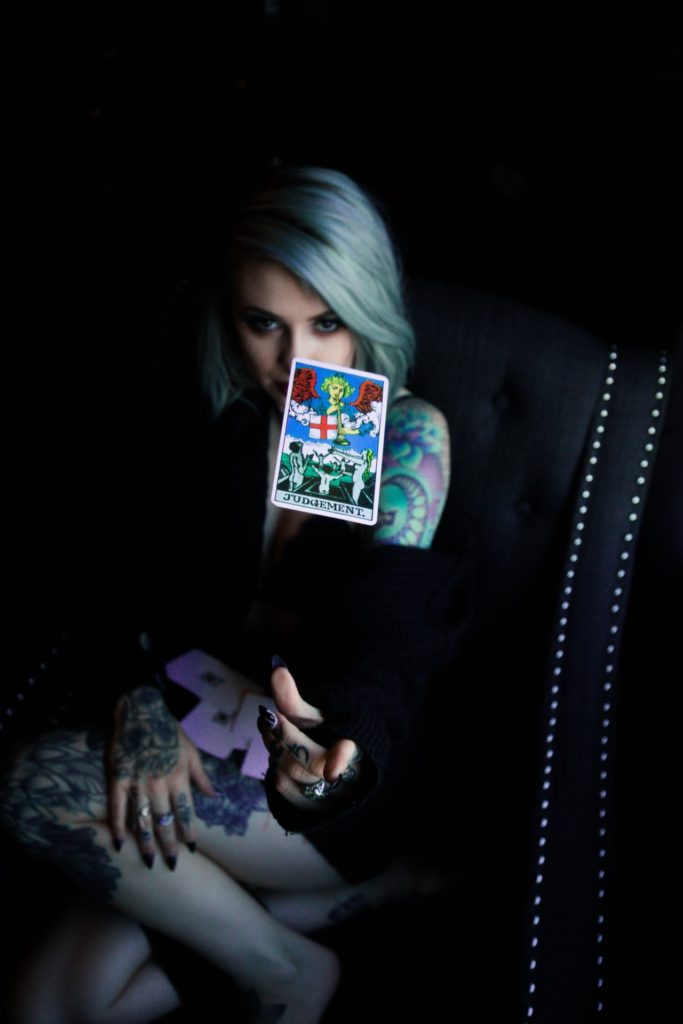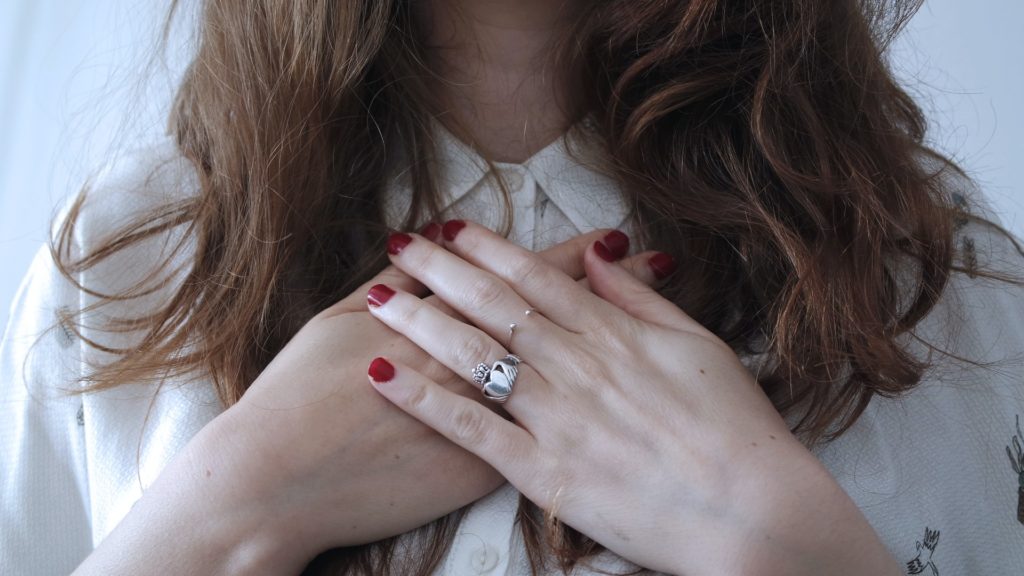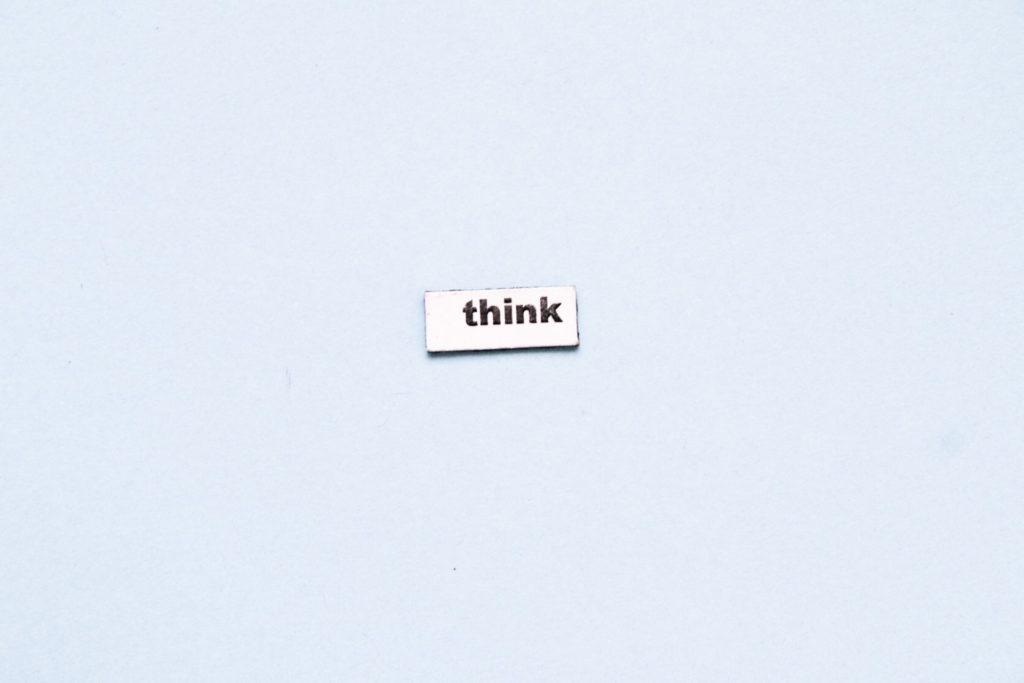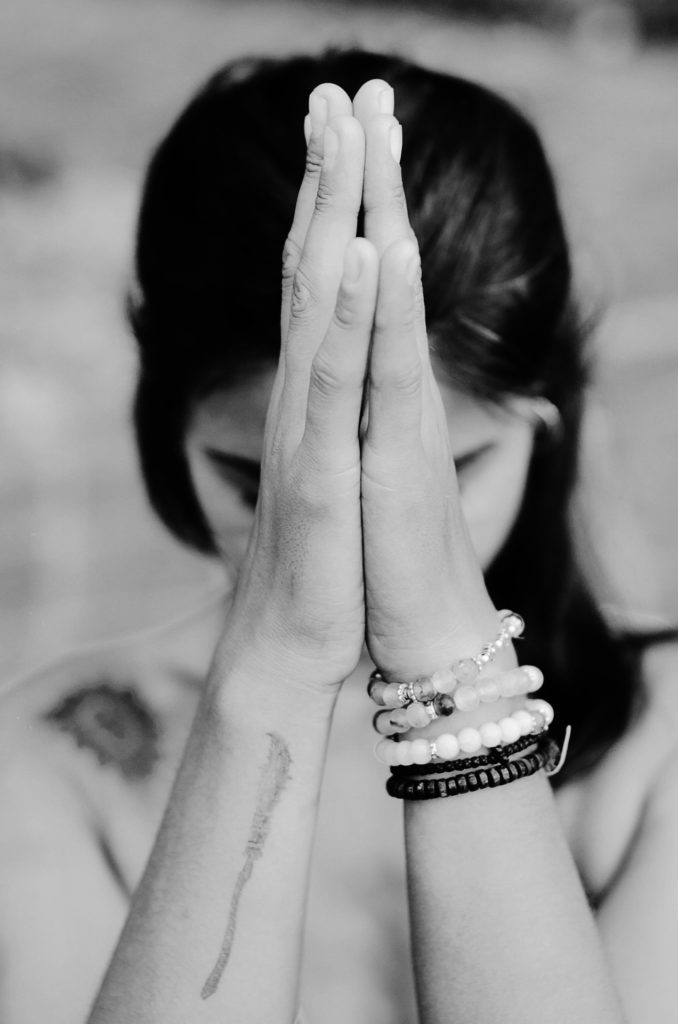Personally, it’s getting really tiring to see people dismiss one card tarot readings. A good number of people appreciate the art among casuals and enthusiasts alike, but the matter is so rife with misconceptions that you get all sorts of comments like “it’s kind of lazy” or “there’s no way you can get a good read with just one card,” even from people who should know better.
When people think about Tarot reading, they probably imagine spreads of cards sprawled out, the threads of fate weaving in and around the beacons of wisdom that are the cards laid before them. But somehow, in the same breath, they usually relegate one card tarot readings to something akin to training wheels. Or worse, they dismiss it as nothing more than a party trick or a gimmick for pickup artists.
This can’t be farther from the truth.
Of course, this isn’t to say that spreads are invalid or inferior. Much like the different tools of the trade, they are all a means to an end with a time and place for each one.
Once you take the time to figure it out, one card Tarot reading can be a versatile and elegant tool for anyone who knows how to use it. It provides a simple base upon which you can gain a wealth of wisdom that is just as valid and comprehensive as any spread. It offers a sense of uncluttered simplicity that can be attractive to beginners. Not only that, but it also gives a huge berth for your intuition to pick up on nuances without distraction. And as if that wasn’t enough, it encourages you to sharpen your senses as a reader.
Here you’ll learn about what this one card reading can do for you and the ways you can use it to significant effect. Because sometimes, the simplest way could be the best way.
Why do a One Card Tarot reading

So what’s the big deal, right? What’s so great about using one card?
Some people think that it isn’t very popular, or when it is, it’s only popular with people who aren’t “really serious about reading.” But you can’t deny that despite the shade people like to throw at it, it’s still the one reading that all Tarot readers come back to over and over again, and here’s why.
Let’s get the most obvious reason out of the way. It’s really quick. Of course, since you’re only drawing one card, you only have to contemplate the meaning of that one card. Even if you really take your time and look deeply into its essence, it’s still so much faster than having to look through, say, a three-card spread, let alone something like an Expanded Celtic Cross spread.
This speed is probably the reason why a lot of people do it in very casual settings, or even as a party trick, and is also the root of its stereotyping. But, it speaks volumes of how versatile and accessible a one card tarot reading can be.
Of course, aside from having fewer cards, it draws its speed from another one of its signature features: its simplicity.
Apparently, it’s quite the popular opinion that the more cards you use in a reading, the clearer the message becomes. To put it simply, you can consider each card in a reading to be a signpost. So more signposts must mean that it is easier to get to where you want to go, in this case, the answer to your question, right?
Not necessarily.
When you have more cards, the number of connections you can make between them all stack up exponentially. You not only have to take into account the symbolism and meanings of each card, but you also have to resolve the differences and apparent contradictions between them.
While it’s not a bad thing to have many signposts, you run the risk of missing the forest for the trees when you lose sight of the bigger picture trying to reconcile everything. The more cards there are, the more connections you have to explore to make the most of it. Following all these threads can be akin to running in circles through all the signposts, which only leaves you dizzy.
And that leaves us with the rather spartan but relatively crystal clear guidance of the one card reading. Without the clutter of having to deal with how the cards and their aspects clash and mingle with each other, it becomes less of a chore to connect with your subconscious and find your way to the answer you seek.
However, this simplicity may still leave some of the more advanced readers to dismiss it as a shallow form of reading. But don’t mistake this simplicity as a lack of depth. This kind of reading is simple not because it isn’t deep, but because it isn’t complicated.
The depth in this reading has its roots in the same thing that gives you its simplicity: the fact that you only have one card to work with.
When you only have one card to work with, you have a lot more leeway in perceiving the meaning of the card you pull. Unlike the multi-card spreads, having only one card means that you only focus on one message. Without anything else to distract you, you can tap into your intuition and sharpen it as you rely on your inner voice to string together the symbols of the card and the facts of the matter.
In the end, you should be left with an elegant and crystal clear message.
How to Do the One Card Tarot Reading
Prepare Yourself

You should prepare by first creating ground rules for your reading. Whether you are reading by yourself or reading for someone else, it can only help if you set the mood and expectations before you start the reading.
This way you can take the time to align your energy and center yourself so that you can properly discern the divine wisdom that the cards have to offer.
Tarot readings are all about being able to draw from your subconscious, after all. So it would help to put yourself in a mindset that allows you to look within yourself. At this junction, you will have to balance between two things.
On the one hand, you want to really put your energy into the cards and into your reading. To this end, you should strive to acknowledge all your thoughts on the matter. Be aware of how you feel about what you are asking about. Take note of your own biases and how you want to be guided.
Now take that energy and let it flow through you and into your cards. Hold them as you reflect on your thoughts, and shuffle them well. Even the act of shuffling resets the cards and rids them of any lingering stray thoughts and vibes from previous sessions, and allows you to impart your fresh and more relevant vibrations for this reading.
If you are reading for someone else, it would be beneficial if they, too, were to take some time to meditate. Let the other person feel and shuffle the cards so that they can also impart their own energy into the cards. Doing this gives you more connection to their burning questions and allows you to more clearly see the universe’s message for them.
Of course, on the other hand, you also want to remain open-minded so that you do not unknowingly dismiss the messages that the cards bring to you. It is all well and good if you are honest with yourself and your personal biases. Just make sure that you remember that acknowledging your thoughts means that you are aware of your doubts, fears, and anxieties so that they do not block you from reaching the wisdom you are looking for.
Ask A Good Question From The Heart

Now you need to prepare your question. If you are reading for someone, you may have to guide this person through this process.
You need to make sure that your question is specific and clear. No, you don’t always need to pin it down to the smallest detail, but know that clear questions get clear answers. You are more likely to get a more useful answer by asking, “How can I get along with my new coworkers?” instead of “How can I talk better?”
Another hallmark of good questions is that it is sufficiently open-ended. The cards work best when there is a certain leeway for interpretation. If your question is too constricting, then the answer you see may not be accurate as the cards are unable to give you a whole message.
Other questions you might want to avoid are those that go beyond what a Tarot reading is supposed to be. Asking about other people’s lives separate from yours, or trying to tell the future, or even asking about medical matters are things you can’t discern from your subconscious. Since you can’t glean this information from within, you can’t hope to get any semblance of a proper answer by doing a reading.
One important thing you need to remember is that when you ask a question for a Tarot reading, you need to be open to receiving an honest and objective answer. If you only ask so that you can feel validated and hear what you want to hear, then you undermine the point of doing a reading in the first place.
But if you are open to learning a more profound truth, no matter the outcome, then you are sure to receive guidance and wisdom that is tailor-made for you and your situation. So when you ask a question, be open, be honest, and be faithful.
Take Your Card and Think About It

At this point, you should have already taken a card from your deck. This one card will be the focal point of your reflection and meditation. The huge advantage of the one card reading over other spreads is that you do not muddle the waters or complicate things by trying to read multiple cards.
With only one card, you are able to spend your full time and attention on what it means. Pay attention to its orientation. Whether it’s reversed or upright can change the meaning of the card. You can even take cues from the design of the card as well as its feel.
You want to open yourself and immerse your mind in the feelings and sensations that this card brings forth. Once you are entirely in the zone, you can then start to string together the different bits and pieces of information you can perceive. To this end, your past experiences and your intuition will guide you to the full message.
There are some things you might want to take note of while you are reflecting on your card. Allow yourself to go with the flow; no matter what the card implies and signifies, it is your responsibility to acknowledge the thoughts as they come. Ignoring these signs is tantamount to actively going against your intuition, which essentially defeats the purpose of the reading.
If you find yourself struggling with your personal biases getting in the way of your reading, it is a good idea to practice the art of letting thoughts go. If you actively fight a thought and force it out of your mind, you only serve to make it stick in your head even more. Learn to see these thoughts for what they are, acknowledge their existence, collect yourself, and accept the facts as they are.
Exercise Gratitude and Agency

Last but definitely not least, you should exercise gratitude. Be thankful that you were able to have this time to clearly think through something that has been wearing on your mind. Thank your cards for doing their job as tools in your reading, and show that gratitude by taking good care of them. If you are reading for someone else, thank them as well for giving you the honor of granting them insight into their own subconscious.
All in all, this mindset of gratitude emphasizes the positive vibes you create, even in the face of less desirable readings. By doing this, you project hope and proactivity and are able to more clearly act upon the guidance you have received.
On that note, it is your responsibility to do things and make things happen. After all, Tarot cards are tools that guide you to the many possibilities before you, not divine shackles that predetermine your future.
To that end, you have to exercise your own agency to reach the good things and avoid the bad things that your card has shown you because at the end of the day, we are the ones in charge of our destiny.
Yes or No Tarot Reading
A lot of guides and readers usually try to dissuade everyone from doing Tarot readings, looking only for a yes or no answer, and for a good reason. Tarot cards are tools that are meant to help you look into yourself. But if you limit yourself to just a yes or a no, then you severely limit
However, if you still choose to do a yes or no reading, then there are many ways for you to be able to master the art of the pull and find the guidance you need.
One way to make the most out of a Yes or No question reading is by asking the right kind of question. For these types of questions, you want to be even more laser-focused on one particular issue. If your question is too vague, you might have problems being able to discern anything with a simple yes or no.
If you are looking for a strict yes or no answer for any reason, you can divide the deck in a few ways. For instance, you can make it out so that upright cards mean Yes and the reversed cards mean No.
Another way you can divide it is by looking at the meanings of the card and assigning them a Yes or No answer based on what you discerned from the cards. Last but not least, you can also provide a little bit of flexibility by adding Maybe to the mix.
There is a caveat to this, however. You need to assign the meanings to the cards before you actually need to do a reading so that you provide a level of finality to the definitions you assign to the cards. If you try to assign meanings in the middle of your reading then you run the risk of changing the meanings midway to support your lingering biases.
However, if you want to add some nuance to your one card reading Yes or No question, you can use the cards’ symbolism and meanings to provide context. When you do so, the answer you get is now reinforced by the properties of the cards themselves. Now, pulling the upright Sun isn’t just a Yes, but also points towards the success of an endeavor and a positive development.
In the end, these are all guides that you can choose to incorporate into your readings. The important thing is that your rules and methods should be consistent when you do a reading so as not to taint it with your personal qualms.
